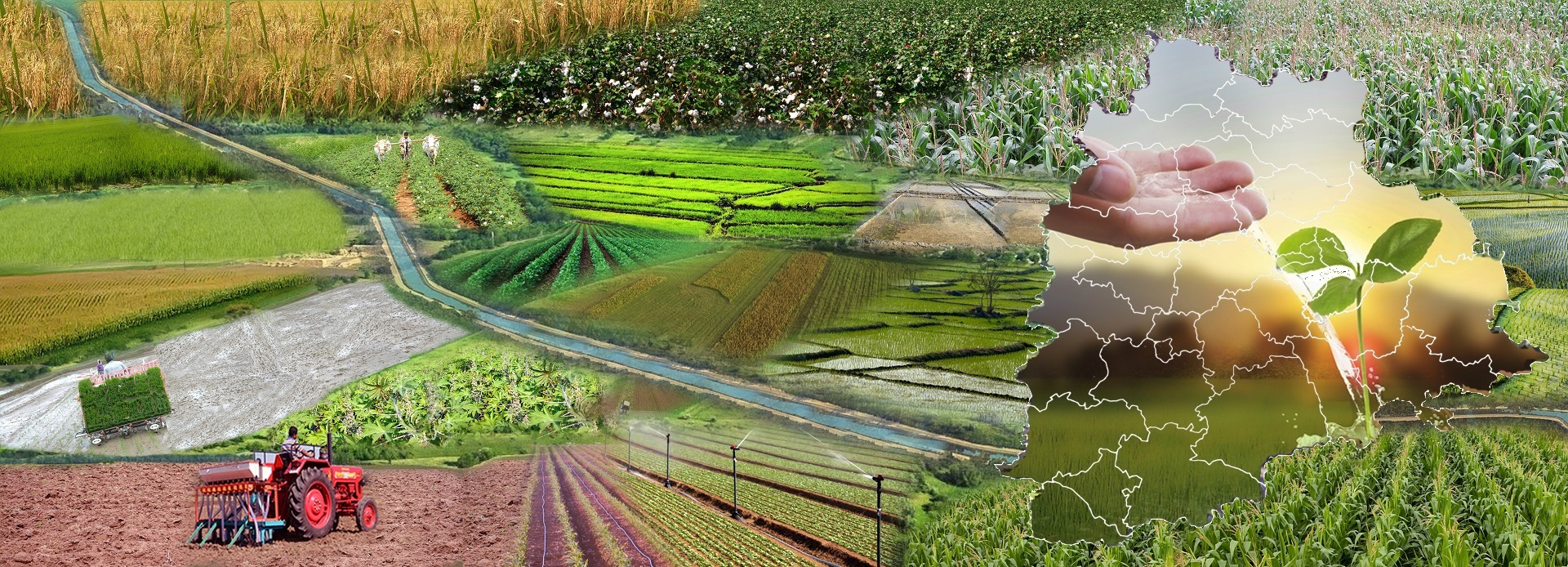



Received: 11-Jun-2021 Published: 02-Jul-2021
Horticulture is the art of cultivating plants in gardens to produce food and medicinal ingredients, or for comfort and ornamental purposes. Horticulturists are agriculturists who grow flowers, fruits and nuts, vegetables and herbs, as well as ornamental trees and lawns.
Horticulture, the branch of plant agriculture handling garden crops, generally fruits, vegetables, and decorative plants. The word springs from the Latin hortus, “garden,” and colere, “to cultivate.” As a general term, it covers all sorts of garden management, but in ordinary use it refers to intensive commercial production. In terms of scale, horticulture falls between domestic gardening and field agriculture, though all sorts of cultivation naturally have close links.
It is divided into Pomology, Olericulture and Floriculture, Landscape horticulture. Pomology deals with fruit and nut crops. Olericulture deals with herbaceous plants for the kitchen, including, for instance, carrots (edible root), asparagus (edible stem), lettuce (edible leaf), cauliflower (edible flower buds), tomatoes (edible fruit), and peas (edible seed). Floriculture deals with the production of flowers and ornamental plants; generally, cut flowers, pot plants, and greenery. Landscape horticulture is a broad category that includes plants for the landscape, including lawn turf but particularly nursery crops such as shrubs, trees, and vines.
Horticulture involves plant propagation and cultivation to improve plant growth, yields, quality, nutritional value, and resistance to insects, diseases, and environmental stresses. It also includes plant conservation, landscape restoration, soil management, landscape and garden design, construction and maintenance, and arboriculture. In contrast to agriculture, horticulture doesn't include large-scale crop production or farming . Additionally, horticulture focuses on the use of small plots with a wide variety of mixed crops while agriculture focuses on one large primary crop at a time.
Production and consumption of high quality fruits and vegetables allows us to maintain a healthy, balanced daily diet. Flowers and decorative plants enrich our homes and communities, and contribute to our sense of well-being. Horticulture impacts our lives on a daily basis by providing nutritious fruits and vegetables, offering visual enjoyment, and promoting recreational activities.
Most plants utilized in landscape horticulture are obtained from a nursery. A nursery is a place that specializes in starting plants and growing them until they are ready to be transplanted to landscapes. Nurseries produce ground-cover plants, herbaceous perennials, flowering shrubs, evergreens, deciduous shade trees, and ornamental trees for retail and wholesale sales. Other nurseries, sometimes called sod farms, grow grass that is cut and moved to landscape projects.
Horticulture includes the assembly and use of plants for food, comfort, and beautification. The area of science most closely related to horticulture is botany, which is that the study of plants and plant processes. The field of science that deals with the cultivation of horticultural plants is understood as horticulture science. The application of science to horticulture is named horticulture technology. The horticulture industry is often divided into three areas: pomology, olericulture, and decorative horticulture. Pomology is that the planting, harvesting, storing, processing, and marketing of fruit and nut crops. Olericulture includes the planting, harvesting, storing, processing, and marketing of vegetable crops. The growth and use of plants for their beauty is the area of horticulture known as ornamental horticulture.